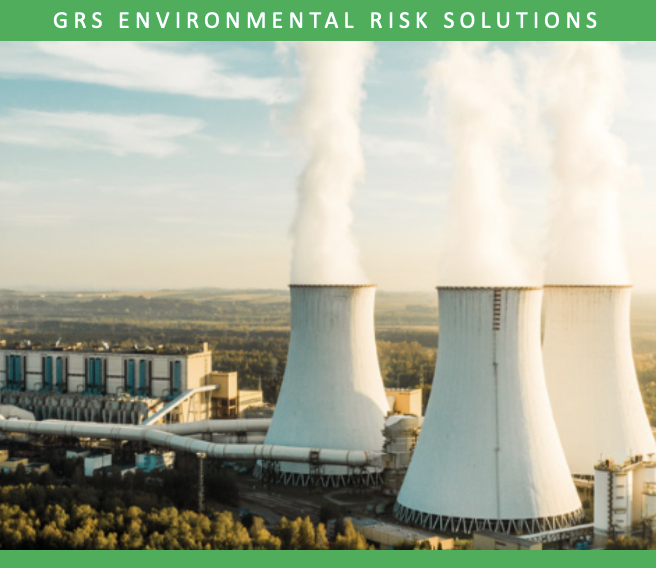Managing Costs
Key Concepts to Managing Costs in an Environmental Pollution Event
Ross Gagliano, SVP ERMS, Global Risk Solutions, Inc.
When a catastrophic environmental incident occurs, according to the Oil Pollution Act (OPA) the identified Responsible Party (aka the “spiller”) must immediately step forward and deal with (in conjunction with the Unified Command) containing the source of the pollution, the cleanup of the contamination, assessment and restoration of natural resource damages, and compensation of those third-party claimants who were impacted by the event, as well as potential legal costs and fines.
The response can be literally like starting a multi-million dollar company from scratch overnight. You have to go from zero personnel to hundreds if not thousands of personnel called-out from subcontracted companies with unknown pay rates, hiring large amounts of rented equipment and mobilization costs that are initially unknown – AND you have to provide facilities, lodging and meals for all. All this for a “company” that you never wanted to have to start in the first place!
KEY COMPONENTS OF COST CONTROL
Any time an environmental pollution incident occurs it becomes an immediate loss situation. Implementation of financial controls to monitor expenses and project costs in coordination with all related claims and potential liabilities is a critical element for your bottom line. The consequent objective is to minimize the loss and to mitigate the liability. The following are components and requirements of effective Cost Control response management to address the essentials of controlling costs in spill response.

